Dendrobium Orchids – Plant
Enjoy the exotic beauty of Dendrobium orchids! These easy-care epiphytes boast stunning, long-lasting flowers in a variety of colors

- Free Shipping above ₹ 999
- Delivers in: 2-7 Working Days Shipping & Return
Description
About Dendrobium Orchids – Plant
Dendrobium orchids, belonging to the vast Orchidaceae family, are incredibly popular flowering plants known for their diverse range of sizes, shapes, and colors. These stunning tropical orchids are primarily epiphytic orchids, meaning they grow on trees or other plants in their natural habitat, rather than in soil. This characteristic is crucial for understanding their care needs.
With over 1,200 species, the Dendrobium genus offers a wide variety of choices for both experienced collectors and those new to orchid growing. Often recommended as beginner orchids due to their relative ease of care compared to some other orchid types, Dendrobium orchids are a fantastic introduction to the fascinating world of orchids.
Their popularity stems not only from their beauty but also from their ability to bloom multiple times a year under the right conditions, making them a favorite among plant enthusiasts seeking long-lasting floral displays. These popular orchids are sought after for their elegant blooms and versatile growth habits.
Plant Specification of Dendrobium Orchids – Plant
Dendrobium orchids are characterized by a variety of growth habits and features, making them truly captivating plants. Here are key specifications:
Size and Growth Habit: Dendrobium species range dramatically in size, from miniature plants a few inches tall to larger varieties reaching several feet. They typically have a sympodial growth habit, meaning they grow from a rhizome (a horizontal stem) and new growths emerge from older ones.
Pseudobulbs: A defining characteristic of Dendrobium orchids is the presence of pseudobulbs, thickened stems that store water and nutrients. These can vary in shape, size, and length depending on the species, and are crucial for the plant’s survival.
Foliage: Leaves of Dendrobium orchids are usually lanceolate to ovate, and are typically alternate on the pseudobulbs. They can vary in texture from thin and leathery to thicker and more succulent depending on the specific Dendrobium variety.
Flowers: The star of the show, Dendrobium orchid flowers come in an amazing array of colors including white, pink, purple, yellow, orange, and even green, often with intricate patterns and markings. The blooms can be single or appear in sprays (racemes) and last for several weeks or even months depending on the type and conditions. Dendrobium flowering time varies depending on the species.
Root System: As epiphytic orchids, they have aerial roots that absorb moisture and nutrients from the air and surrounding environment. These roots should never be buried in heavy potting media.
Varieties: There are numerous Dendrobium varieties, with many being hybrids, each exhibiting specific features like bloom size, color, and flowering time. Understanding your Dendrobium variety is essential for its proper care.
Planting and Care of Dendrobium Orchids – Plant
Proper Dendrobium orchid care is crucial for vibrant blooms and healthy growth. Here’s what you need to know:
Potting Mix: Dendrobium orchids need a well-draining potting mix that mimics their natural epiphytic environment. Use a specialized orchid mix with coarse bark, perlite, and sometimes charcoal. Avoid standard soil, as it will retain too much moisture and cause root rot. Orchid potting mix is vital.
Watering: Dendrobium orchids prefer to dry out slightly between waterings. Water thoroughly when the potting mix feels almost dry to the touch. Ensure good drainage and avoid allowing the roots to sit in water. The frequency of orchid watering depends on your climate and the potting mix.
Light: Dendrobium orchids thrive in bright, indirect light. East or West-facing windows are ideal. Too much direct sunlight can scorch their leaves, while too little light will result in poor growth and limited flowering. Provide ample orchid light for healthy growth.
Humidity: They appreciate moderate to high humidity. If your environment is dry, increase humidity by placing the pot on a pebble tray filled with water or using a humidifier. Orchid humidity is important for optimal health.
Fertilizing: During their active growing season (typically spring and summer), fertilize every two to four weeks with a balanced, diluted orchid fertilizer. Reduce or stop fertilizing during the dormant months (typically fall and winter). Use orchid fertilizer specifically formulated for orchids.
Temperature: Dendrobium orchids prefer warm to intermediate temperatures. Avoid sudden temperature changes and freezing conditions.
Repotting: Repotting should be done every 1-2 years, or when the potting mix breaks down. Orchid repotting is essential to ensure the health of the root system.
Additional Tips: Watch for signs of pests and diseases and treat promptly. Provide good air circulation to prevent fungal issues. Understanding the specific needs of your chosen Dendrobium species or Dendrobium variety will enhance its growth and blooming success. These orchid tips will help even beginners successfully grow orchids.
Uses of Dendrobium Orchids – Plant
Beyond their stunning beauty, Dendrobium orchids have various uses:
Ornamental Plants: The primary use of Dendrobium orchids is as ornamental plants. They are highly valued for their exquisite flowers, making them popular for indoor displays in homes and offices.
Cut Flowers: Dendrobium flowers are long-lasting when cut, making them excellent choices for cut flowers in bouquets, floral arrangements, and corsages. Their vibrant colors and unique shapes add elegance to any arrangement.
Traditional Medicine: In some cultures, particularly in Asia, certain Dendrobium species have been used in traditional medicine for centuries. They are thought to have various medicinal properties, including being used to treat fevers, relieve pain, and boost the immune system. These medicinal orchids are highly prized for their purported health benefits.
Natural Medicine & Herbal Remedies: Specific species are used in natural medicine and are found in herbal products. Extracts from some Dendrobium species are sold as health supplements. These herbal remedies should be used with caution and under the guidance of qualified practitioners.
Images are for reference purposes only. The actual product may vary in shape or appearance based on climate, age, height, etc. Despite our best efforts, there might be changes in the actual product. Also, note that some of the plants are delicate and few leaves are broken in transit. We do not consider these as damages. The product is replaceable but not returnable.
Reviews (0)
Only logged in customers who have purchased this product may leave a review.


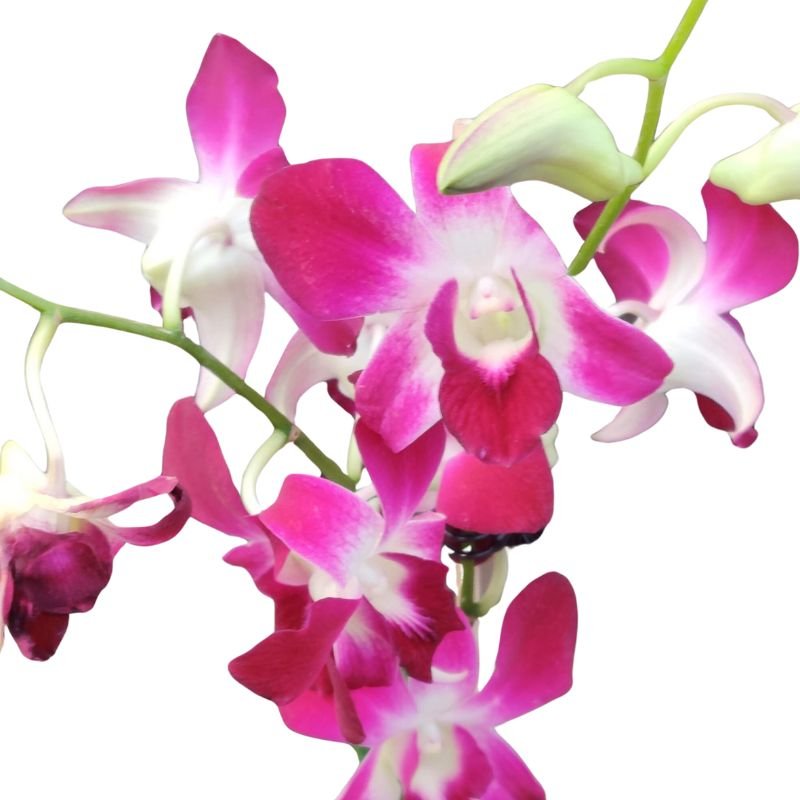
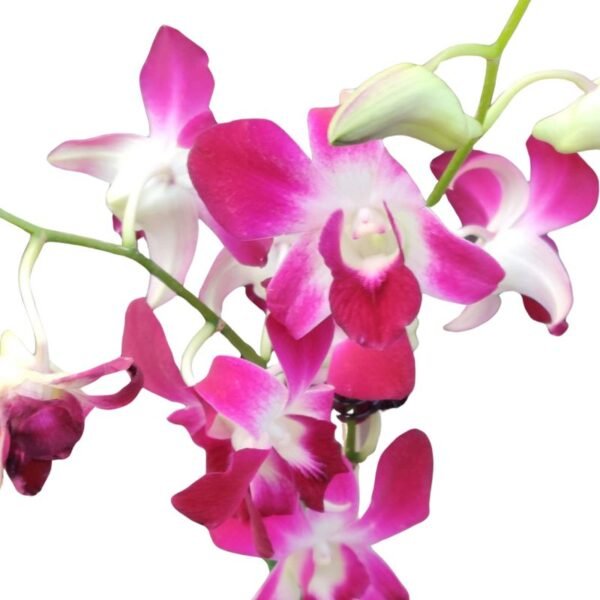
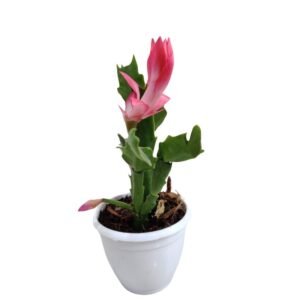
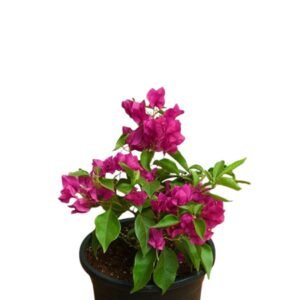
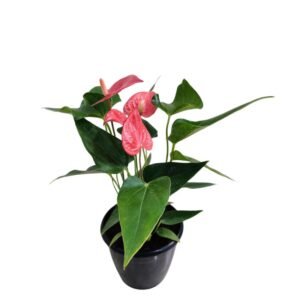
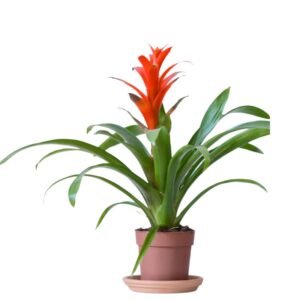
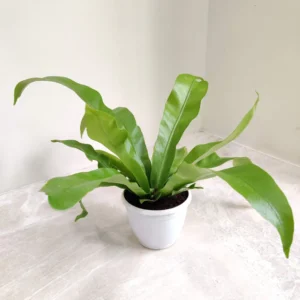
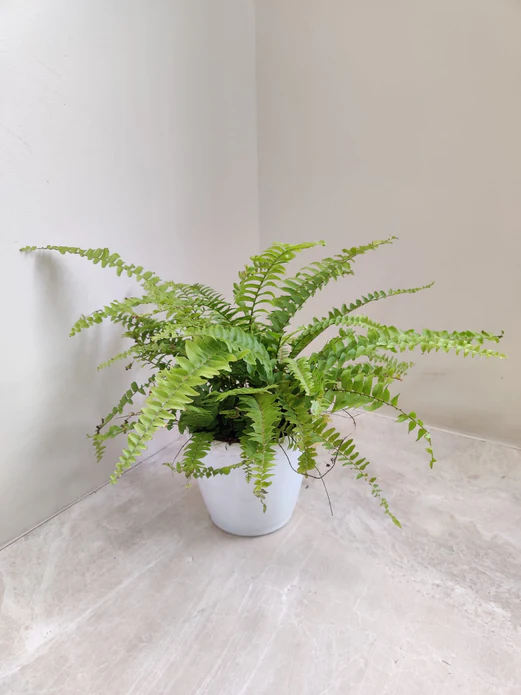
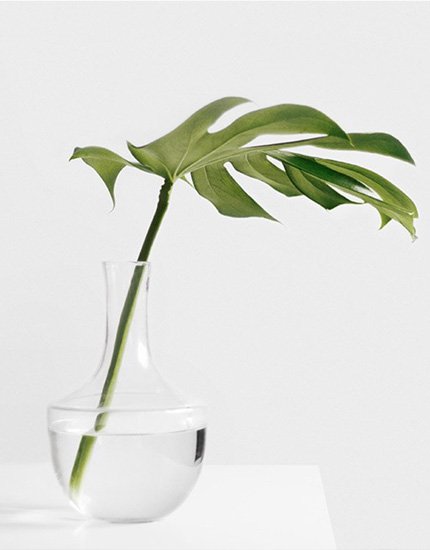
Reviews
There are no reviews yet.